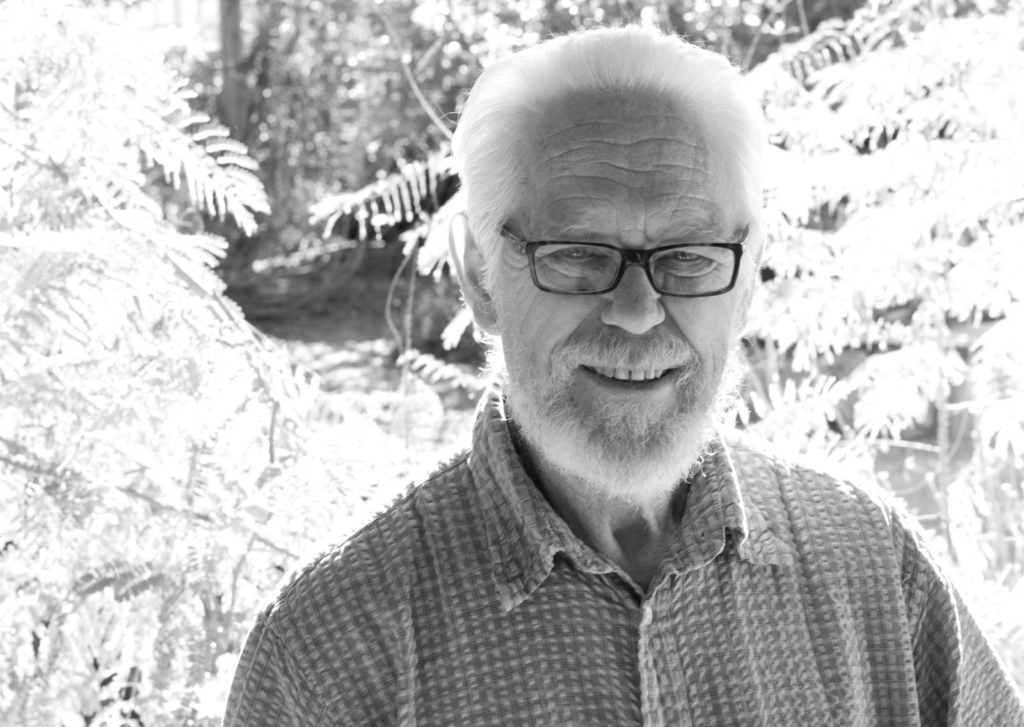Robert Adams
Robert Adams is an American photographer known for his work in the New Topographics movement. He was born on May 8, 1937, in Orange, New Jersey. Adams studied English literature at the University of Redlands and received his Ph.D. in English from the University of Southern California.

Adams began his photography career in the 1960s and is best known for his black and white photographs that capture the changing landscape of the American West. His work often focuses on the impact of human activity on the environment, exploring themes such as suburban development, deforestation, and urban sprawl.

Adams’ photographs are characterized by their stark simplicity and understated beauty, often depicting quiet, unassuming scenes with a sense of melancholy and nostalgia. His work has been widely acclaimed for its poetic and contemplative vision of the American landscape.

Adams has published numerous books of photography, including “The New West” (1974), “Summer Nights” (1985), and “The Place We Live” (2007). He has received numerous awards and honors for his photography, including a Guggenheim Fellowship and a MacArthur Fellowship.
Robert Adams’ work continues to be exhibited and collected internationally, and he remains an influential figure in the field of contemporary photography.
Lewis Baltz
Lewis Baltz (1945-2014) was an American photographer associated with the New Topographics movement. He was born in Newport Beach, California on September 12, 1945. Baltz studied at the San Francisco Art Institute and received his MFA from Claremont Graduate School.

Baltz is known for his stark black-and-white photographs of the American urban and suburban landscape. His work often focused on industrial sites, office parks, and other man-made environments, exploring themes of alienation, anonymity, and the impact of human activity on the landscape.

Baltz’s photographs are characterized by their formal rigor and minimalist aesthetic, capturing desolate and seemingly mundane scenes with precision and clarity. His work challenges traditional notions of beauty in photography, offering a more detached and critical view of the modern built environment.
Baltz’s most well-known series include “The New Industrial Parks Near Irvine, California” (1974), “Park City” (1980), and “San Quentin Point” (1982). His work has been exhibited in numerous galleries and museums around the world and has had a significant influence on contemporary photography.

Lewis Baltz passed away on November 22, 2014, leaving behind a body of work that continues to be celebrated for its uncompromising vision and exploration of the urban landscape.
Frank Gohlke
Frank Gohlke (born 1942) is an American photographer known for his large-format landscape photographs that explore the intersection of nature and human presence. He was born on February 20, 1942, in Wichita Falls, Texas. Gohlke studied at the University of Texas at Austin, where he received a Bachelor of Arts degree in English literature, and later earned a Master of Fine Arts in photography from the Rhode Island School of Design.

Gohlke is best known for his series of photographs that document the changing American landscape, particularly in the aftermath of natural disasters. His work often focuses on the impact of human activity on the environment, and he has a keen interest in how landscapes are transformed by urbanization and industrialization.

One of Gohlke’s most famous series is “Mount St. Helens,” which captured the aftermath of the 1980 volcanic eruption in Washington state. His photographs from this series are powerful and haunting, depicting the destruction and regeneration of the landscape in the wake of the disaster.

Gohlke’s work is characterized by its formal precision and detailed observation, as well as its emotional depth and poetic resonance. His images invite viewers to reflect on the complexities of the natural world and human intervention, and to consider how we shape and are shaped by our environment.
Frank Gohlke’s photographs have been widely exhibited and published in books, and he has received numerous awards and honors for his work, including a Guggenheim Fellowship and a National Endowment for the Arts grant. He continues to be a highly respected and influential figure in the world of contemporary photography.
